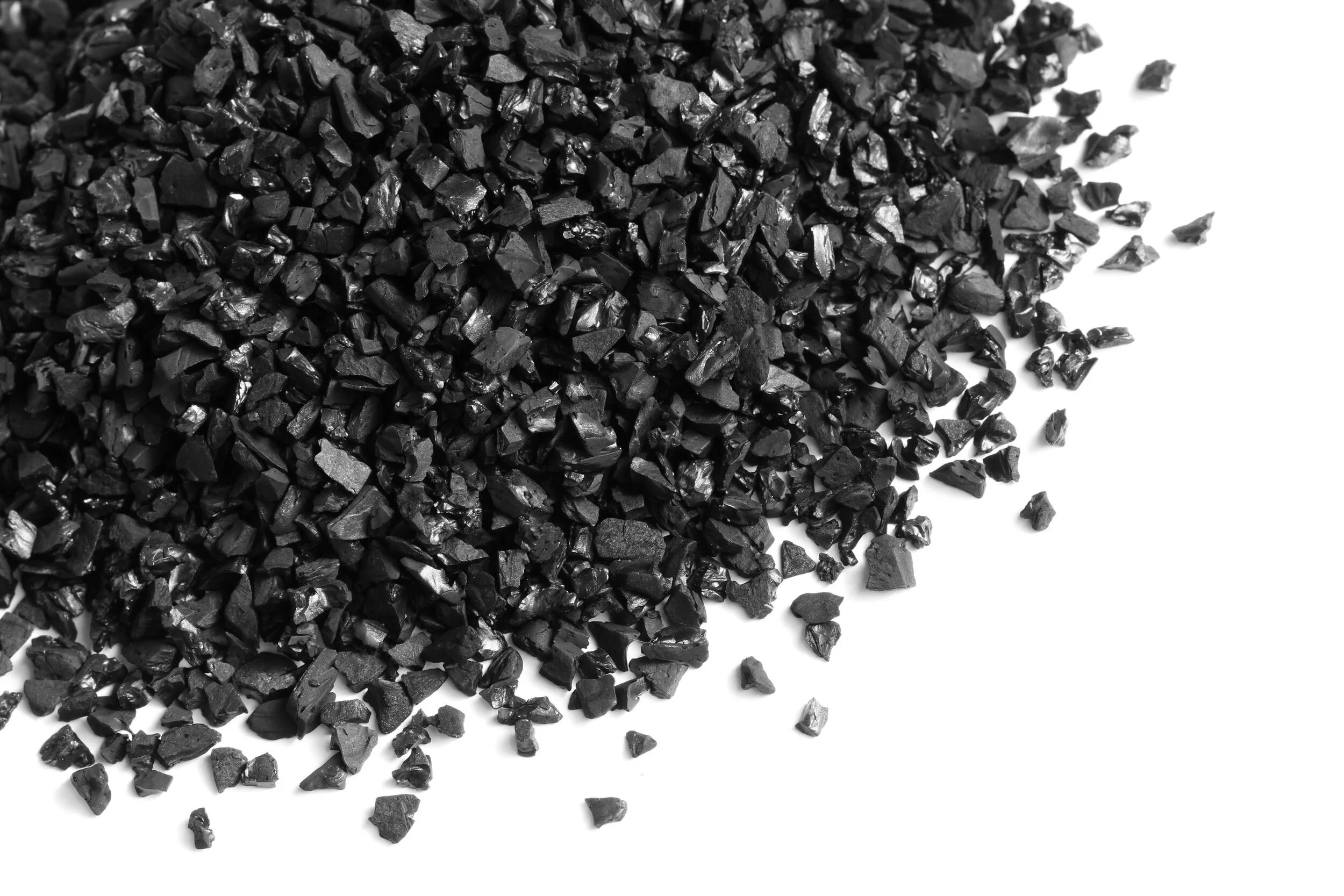How is Carbon Black Produced?
Carbon Black is produced using two carbon black manufacturing processes (furnace black and thermal black).
These processes produce nearly all of the world's carbon blacks, with the furnace black process being the most common.
The furnace black process uses heavy aromatic oils as feedstock. The production furnace uses a closed reactor to atomize the feedstock oil under carefully controlled conditions (primarily temperature and pressure). The primary feedstock is introduced into a hot gas stream (achieved by burning a secondary feedstock, e.g., natural gas or oil) where it vaporizes and then pyrolyzes in the vapor phase to form microscopic carbon particles. In most furnace reactors, the reaction rate is controlled by steam or water sprays. The carbon black produced is conveyed through the reactor, cooled, and collected in bag filters in a continuous process. Residual gas, or tail gas, from a furnace reactor includes a variety of gases such as carbon monoxide and hydrogen. Most furnace black plants use a portion of this residual gas to produce heat, steam, or electric power.
The thermal black process uses natural gas, consisting primarily of methane or heavy aromatic oils, as feedstock material. The process uses a pair of furnaces that alternate approximately every five minutes between preheating and carbon black production. The natural gas is injected into the hot refractory lined furnace, and, in the absence of air, the heat from the refractory material decomposes the natural gas into carbon black and hydrogen. The aerosol material stream is quenched with water sprays and filtered in a bag house. The exiting carbon black may be further processed to remove impurities, pelletized, screened, and then packaged for shipment. The hydrogen off-gas is burned in air to preheat the second furnace.


